BGS GeoScour: bridging the river erosion data gap
The geological properties of bedrock and superficial deposits that make up riverbeds and banks are fundamental controls on the susceptibility of any given river reach to scouring.
31/08/2022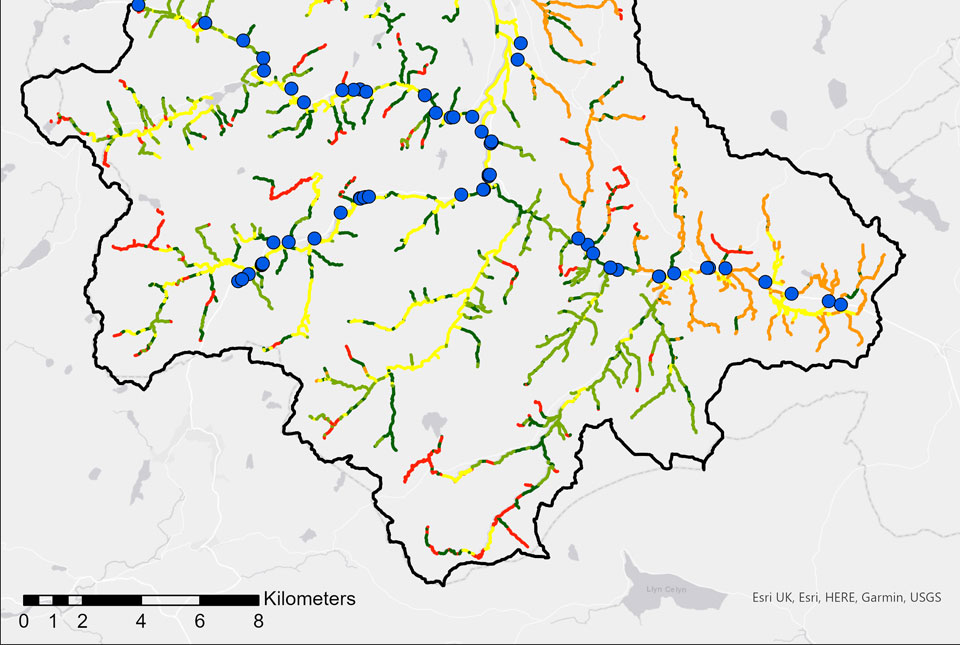
The geological properties of bedrock and superficial deposits that make up riverbeds and banks are fundamental controls on the susceptibility of any given river reach to scouring. Geological data is therefore a key input into any predictive models attempting to understand and resolve this issue, as well as being an invaluable resource for infrastructure risk and catchment health assessments.
BGS GeoScour
In a previous blog post we discussed the economic and societal impacts of river erosion geohazards in the UK and identified significant gaps in available datasets for managing and modelling this hazard. In light of this, BGS has developed the GeoScour data product. This is a national- to local-scale geological scour assessment based on the spatial variation in geological properties, allowing users to identify:
- river catchments with higher erosion activity due to landscape evolution and river sinuosity
- subcatchments that have a higher risk of scour due to river morphology, underlying geological factors and catchment size
- susceptibility to scour of specific sections of a given river’s current profile
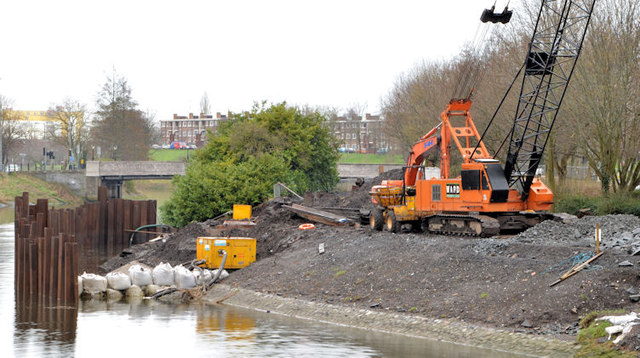
When considering natural hazards in a riverine or catchment setting, it is often high-magnitude flood events that grab the headlines. In comparison, associated catchment hazards such as river scour are often overlooked, but these events can be no less costly in their societal and economic impacts. Pictured are revetment works, River Lagan in Belfast. Photo © Albert Bridge (cc-by-sa/2.0)
GeoScour is based on the outputs of numerous research programmes, data analytics and stakeholder advice. It provides data sufficient for users to analyse and assess a range of riverine risks at various scales.
This suite of data is split into three tiers. These provide a consistent, nationwide scour assessment for Great Britain. Tier 1 and 2 datasets are freely accessible via the BGS GeoIndex and are aligned to the Water Framework Directive management catchments. Tier 3 contains licenced datasets created at a riverine scale using the latest OS Open Rivers watercourse data, which also subsequently feeds into the Tier 2 catchment-scale data.
Tier 1
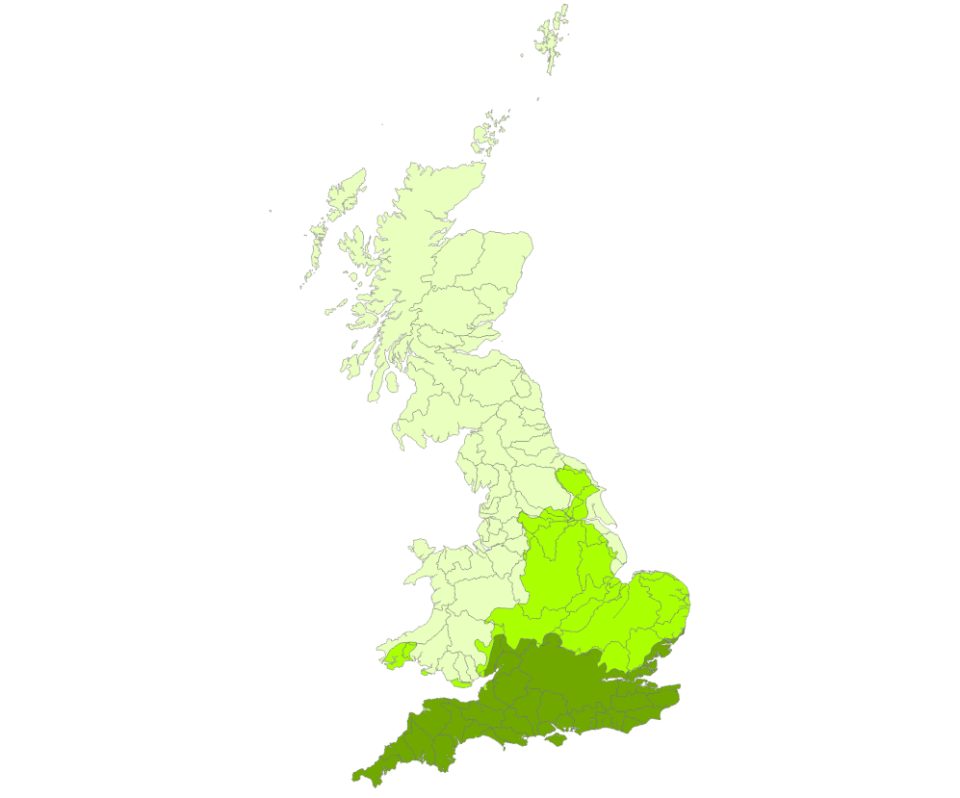
BGS GeoScour Tier 1 data is available at 1:625 000 scale. Contains OS data (C) Crown Copyright and database right 2022
Data provides a summary overview of the catchment characteristics, typical response type and evolution. It can be used to provide a high-level overview (1:625 000 scale) for incorporation into catchment management plans, national reviews and catchment comparisons.
Tier 2
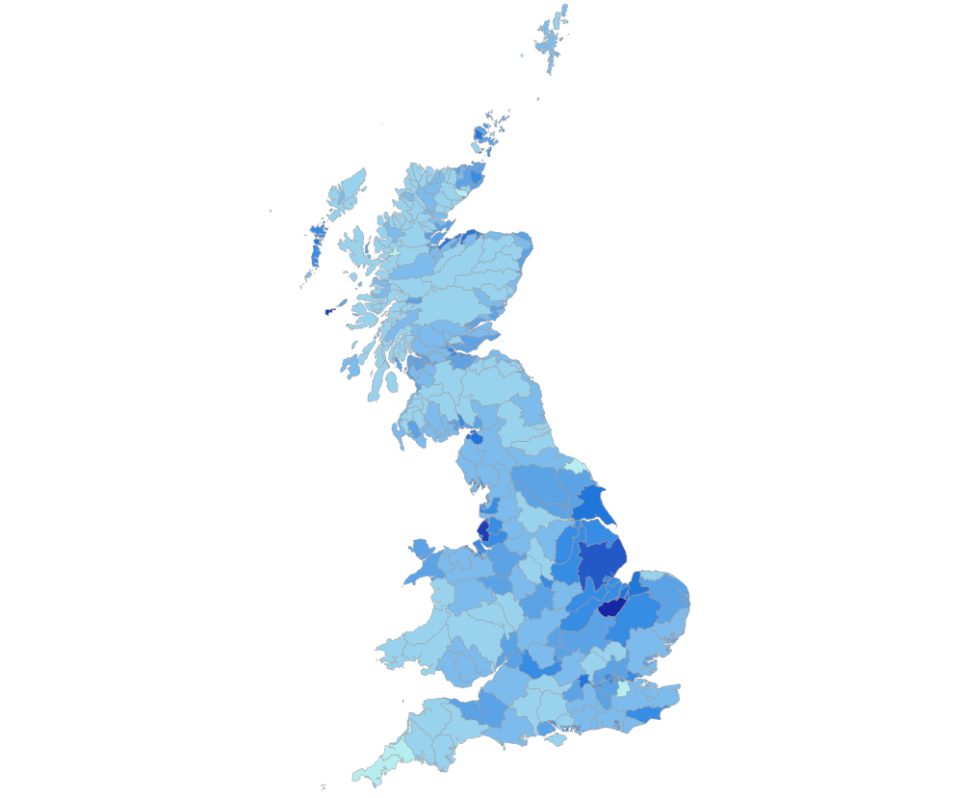
BGS GeoScour Tier 2 data is available as smaller catchment areas at 1:250 000 scale. Contains OS data (C) Crown Copyright and database right 2022
Data is available as smaller catchment areas (1:250 000 scale) and focuses on providing more detailed catchment management, natural flood management and other broad-scale assessments. It analyses geological properties such as flood accommodation space and geomorphology type, as well as additional summary statistics for worst-, average- and best-case scenarios for underlying surface-scour susceptibility.
Tier 3
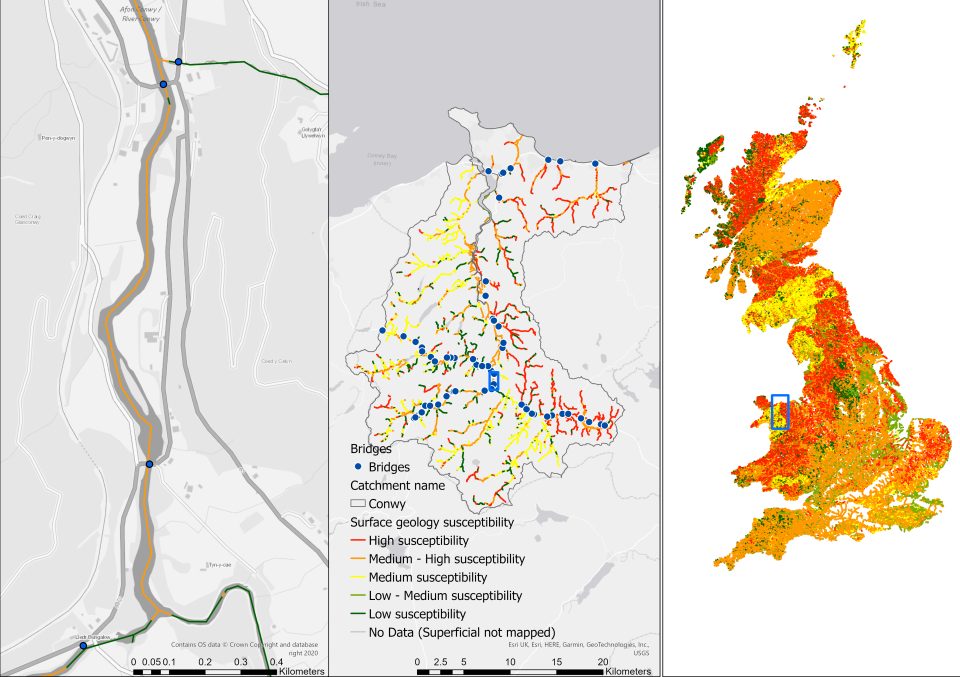
BGS GeoScour Tier 3 data showing reach, catchment and national information for Conwy. Contains OS data © Crown Copyright and database right 2022
Licenced data provides detailed riverine information (1:50 000 scale) that is designed to be incorporated into more complex river scour models. It provides the baseline geological context for river scour development and identifies important factors that should be considered in any scour model: characteristics such as material mineralogy, strength and density are key properties that can influence a river’s ability to scour. An assessment of river fall, sinuosity and flood accommodation space is also provided. This data is of use to those assessing the propensity for river scour for any given reach of a river across Great Britain and can be used as an input into hydraulic or hydrodynamic models.
Geological susceptibility to river scour
It is worth noting that the term ‘scour’ is commonly associated with bridge scour and has come to be an all-encompassing term covering various elements of scour action at hydraulic structures, as defined by the Construction Industry Research and Information Association (CIRIA) manual on scour at bridges (Kirkby et al., 2015).
BGS GeoScour is solely concerned with providing a susceptibility to natural scour assessment based on the geological properties of the riverbed and bank material. It does not consider hydraulic factors such as flow contraction or velocities, nor turbulence generated by structures or the engineering properties of said structures. By providing an assessment of the geological susceptibility to river scour, GeoScour is a valuable addition to any infrastructure scour risk assessment and, in combination with hydraulic and engineering properties, it can contribute to a complete understanding of scour conditions from catchment scale down to individual site assessments.
Who is GeoScour for?
GeoScour is targeted at stakeholders concerned with catchment management, such as local authorities, river trusts and national park authorities. It can be applied to erosion hazard models as a key input and used in assessments by asset owners and managers, such as transport authorities, insurers, lenders and other infrastructure owners, to highlight threats to their infrastructure networks or asset portfolios.
For more details on the potential applications of GeoScour data as well as an opportunity to interact with sample data for all three tiers, please read our interactive case study ESRI StoryMap.
Join our live webinar – 8 Sept 2022
Join our data products team for a live webinar on September 8th and discover more about our new data product to underpin river erosion hazard decision making.
Get in touch
To find out more about our GeoScour data product, including arranging sample datasets or learning more about licensing, please contact our digital data team (digitaldata@bgs.ac.uk)
Previous entries in this blog series
Kirby, A, Roca, M, Kitchen, A, Escarameia, M, and Chesterton, O. 2015. Manual on Scour at Bridges and Other Hydraulic Structures. (London, UK: CIRIA.) ISBN: 0860177475.24
About the author

Rob Shaw
Geospatial data analyst
Relative topics
Latest blogs
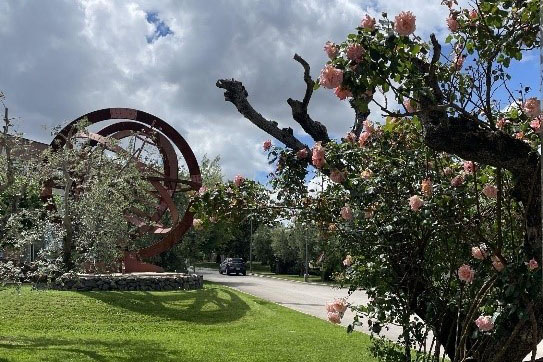
AI and Earth observation: BGS visits the European Space Agency
02/07/2025
The newest artificial intelligence for earth science: how ESA and NASA are using AI to understand our planet.
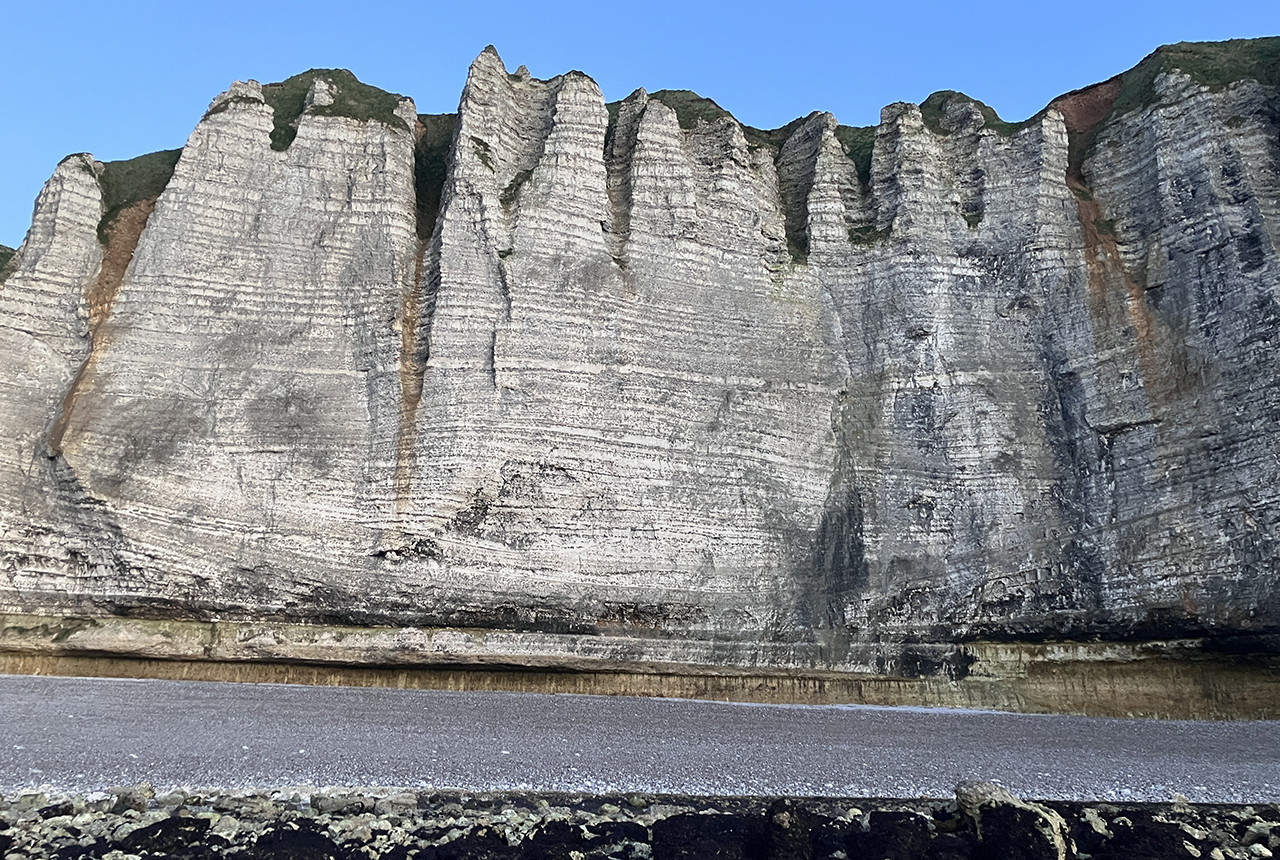
Geology sans frontières
24/04/2025
Geology doesn’t stop at international borders, so BGS is working with neighbouring geological surveys and research institutes to solve common problems with the geology they share.
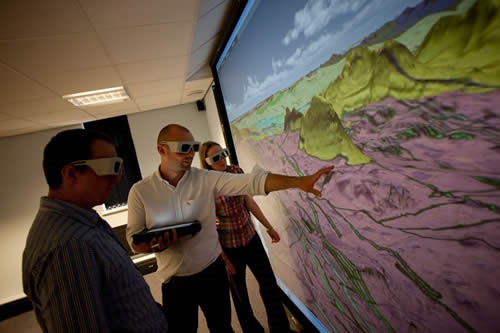
Celebrating 20 years of virtual reality innovation at BGS
08/04/2025
Twenty years after its installation, BGS Visualisation Systems lead Bruce Napier reflects on our cutting-edge virtual reality suite and looks forward to new possibilities.
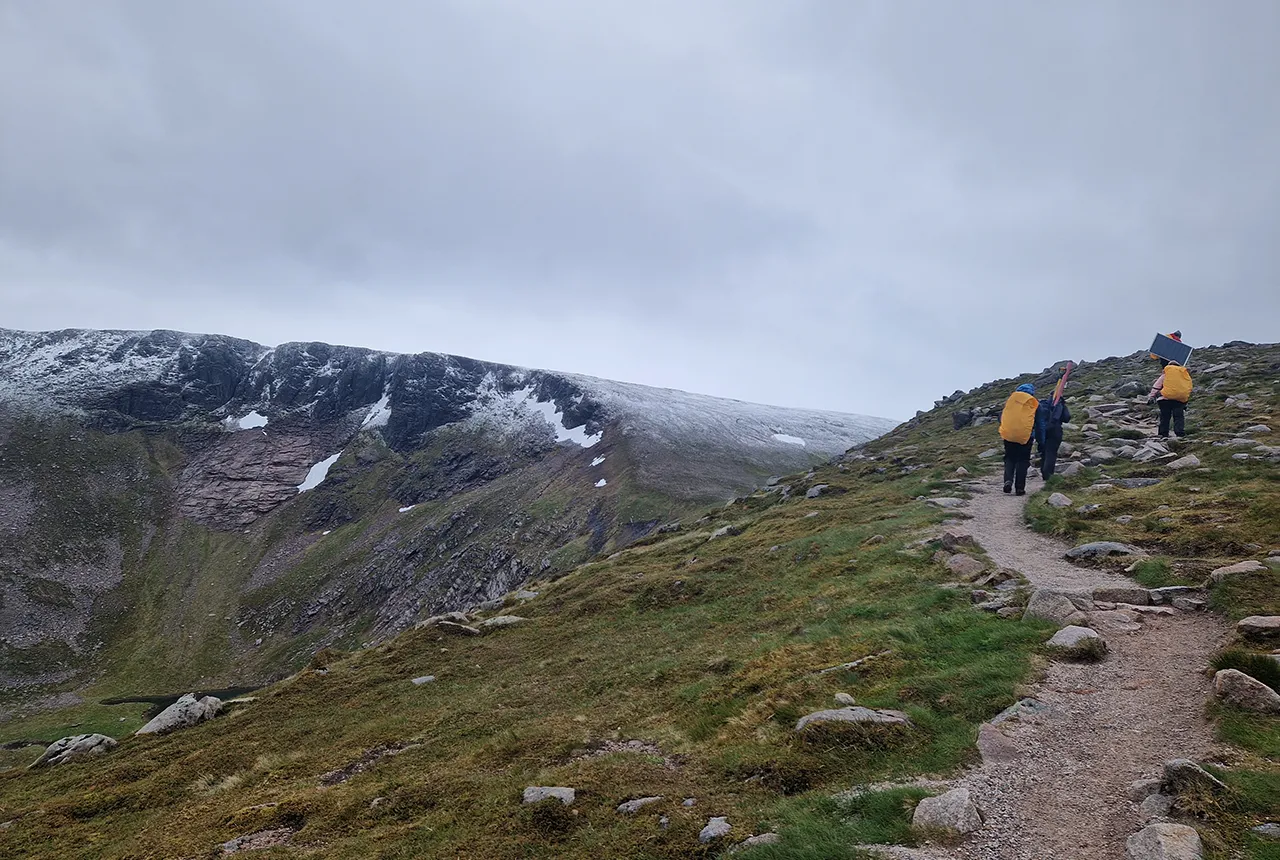
Exploring Scotland’s hidden energy potential with geology and geophysics: fieldwork in the Cairngorms
31/03/2025
BUFI student Innes Campbell discusses his research on Scotland’s radiothermal granites and how a fieldtrip with BGS helped further explore the subject.
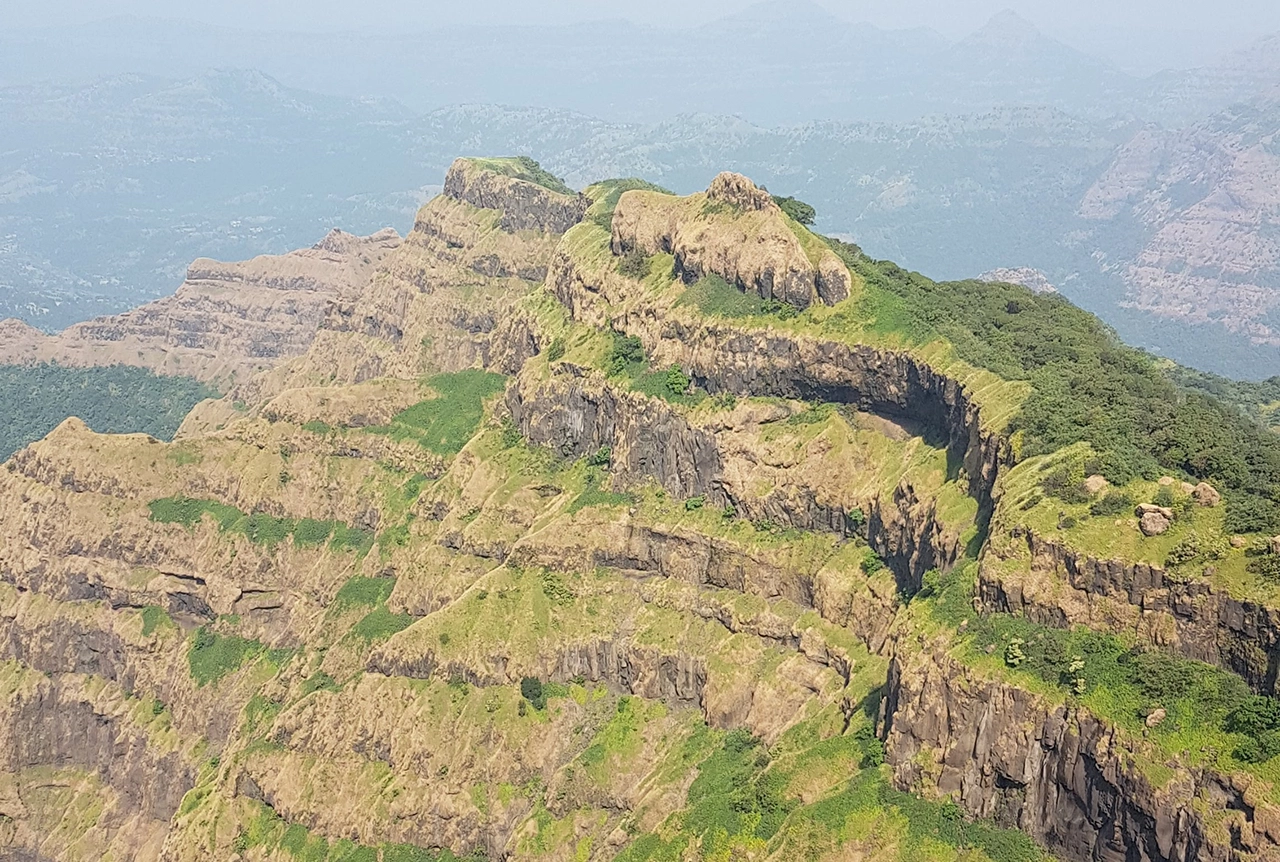
Could underground disposal of carbon dioxide help to reduce India’s emissions?
28/01/2025
BGS geologists have partnered with research institutes in India to explore the potential for carbon capture and storage, with an emphasis on storage.

Carbon and oxygen isotope analysis of carbonates and the development of new reference materials
18/12/2024
Dr Charlotte Hipkiss and Kotryna Savickaite explore the importance of standard analysis when testing carbon and oxygen samples.
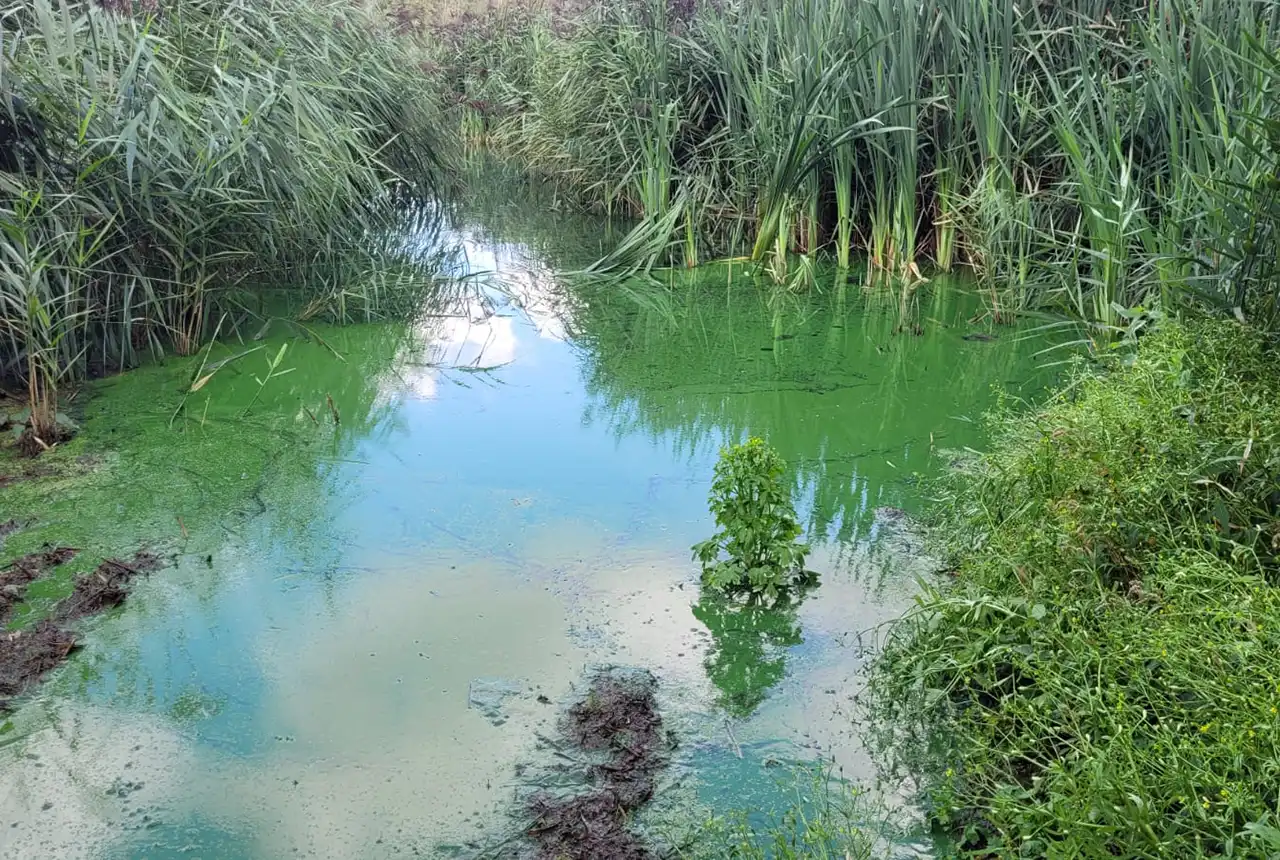
Studying oxygen isotopes in sediments from Rutland Water Nature Reserve
20/11/2024
Chris Bengt visited Rutland Water as part of a project to determine human impact and environmental change in lake sediments.
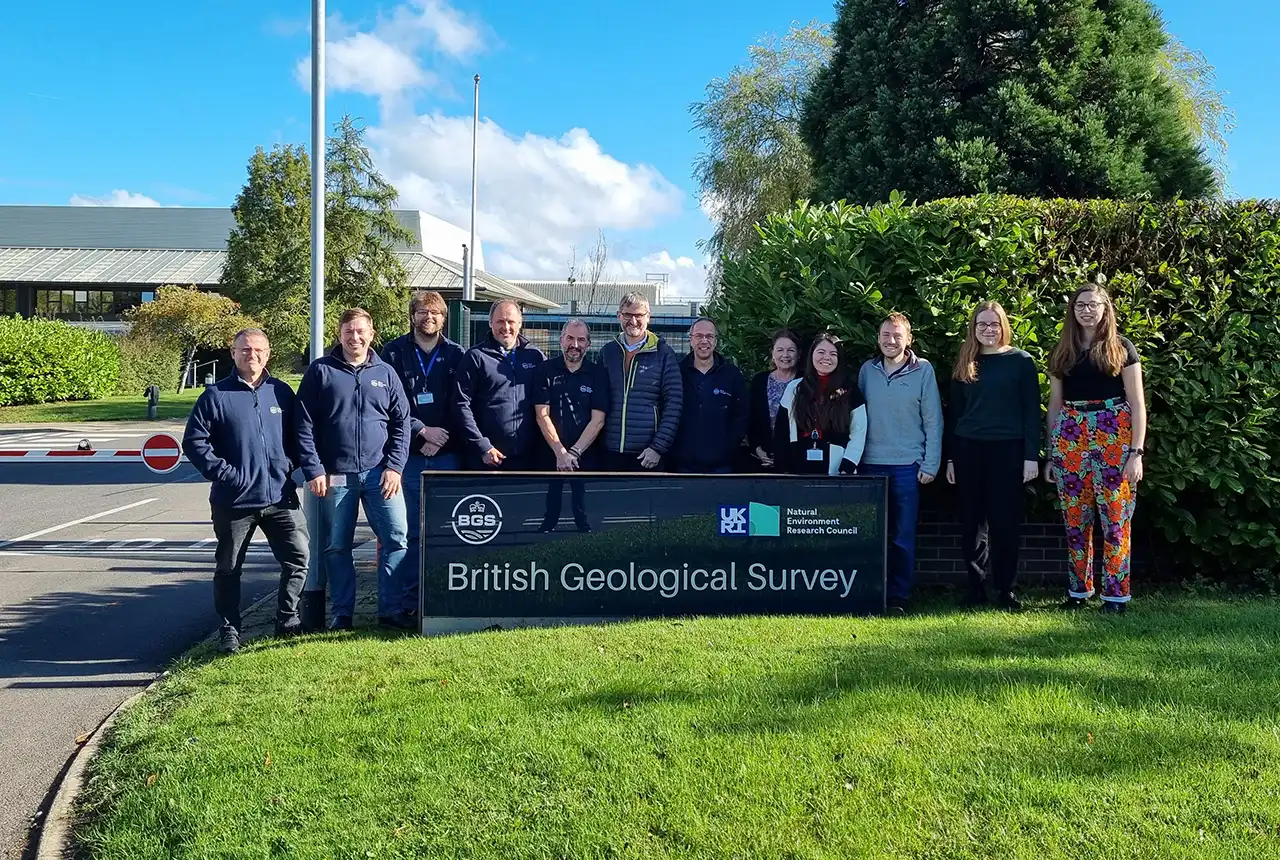
Celebrating 25 years of technical excellence at the BGS Inorganic Geochemistry Facility
08/11/2024
The ISO/IEC 17025 accreditation is evidence of technical excellence and reliability, and a mark of quality assurance.

Electromagnetic geophysics in Japan: a conference experience
23/10/2024
Juliane Huebert took in the fascinating sights of Beppu, Japan, while at a geophysics conference that uses electromagnetic fields to look deep into the Earth and beyond.

Exploring the role of stable isotope geochemistry in nuclear forensics
09/10/2024
Paulina Baranowska introduces her PhD research investigating the use of oxygen isotopes as a nuclear forensic signature.
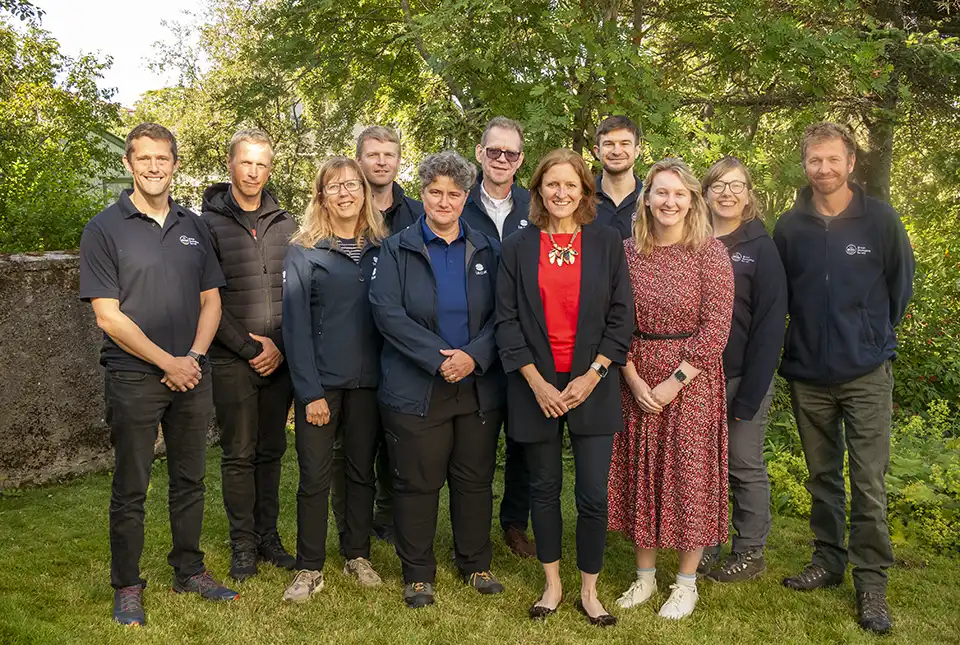
BGS collaborates with Icelandic colleagues to assess windfarm suitability
03/10/2024
Iceland’s offshore geology, geomorphology and climate present all the elements required for renewable energy resources.

Mining sand sustainably in The Gambia
17/09/2024
BGS geologists Tom Bide and Clive Mitchell travelled to The Gambia as part of our ongoing work aiming to reduce the impact of sand mining.



